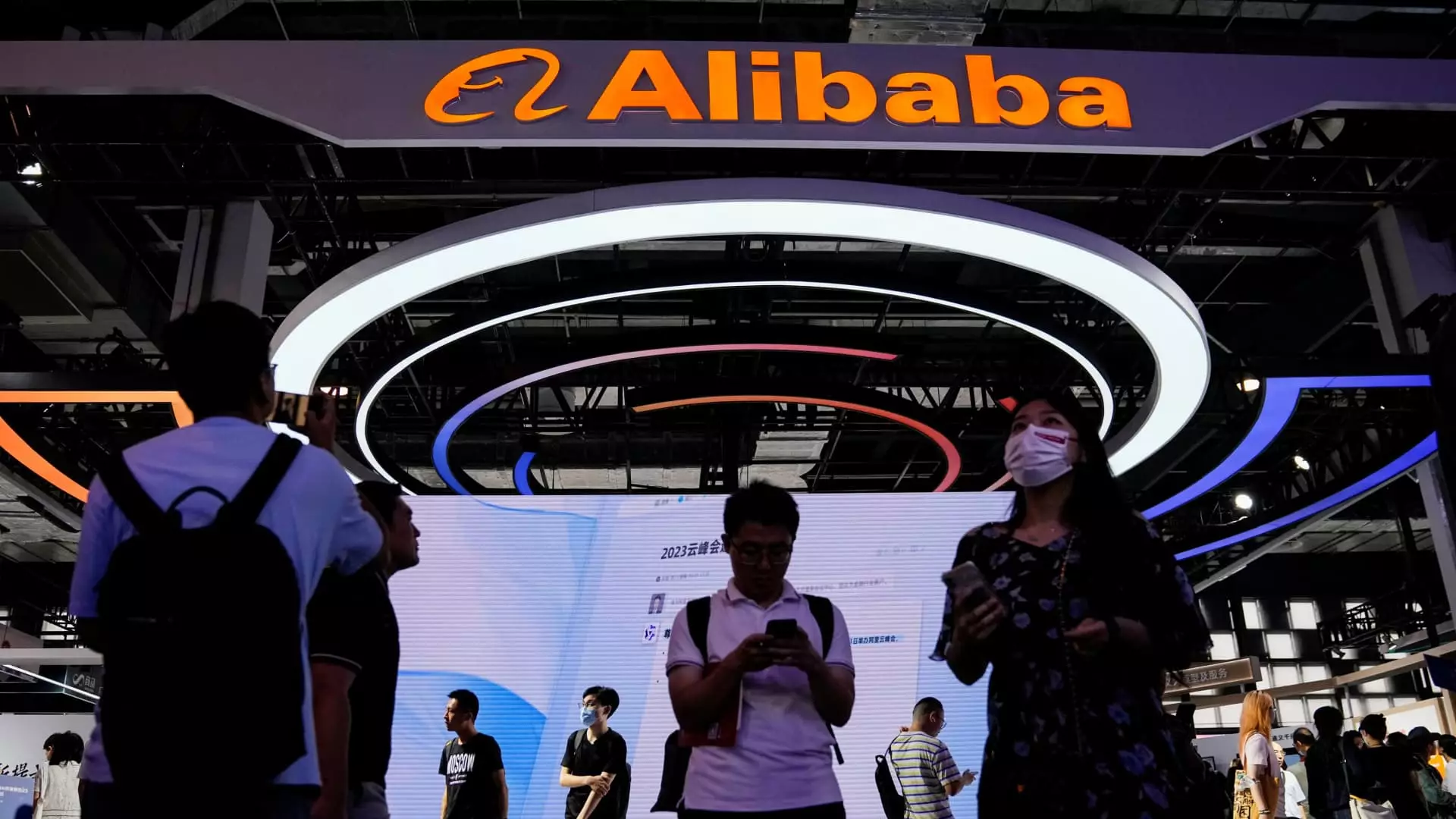In recent years, the landscape of artificial intelligence (AI) in China has witnessed a remarkable transformation. With a growing number of companies entering the competitive arena, the demand for advanced AI solutions continues to soar. As technology evolves, businesses are scrambling to incorporate AI to enhance operations and foster innovation. Committed to capturing a larger share of this lucrative market, Alibaba, one of China’s leading tech giants, has made headlines by announcing significant price reductions on its large language models (LLMs).
On Tuesday, Alibaba unveiled an eye-catching announcement: a staggering price cut of up to 85% on its Qwen-VL visual language model, which is engineered to interpret and process text alongside images. This strategic move, discussed in a WeChat post, signifies Alibaba’s intention to attract more clients to its AI offerings, particularly in the enterprise sector. The Chinese company’s share price responded mildly to the news, closing just 0.5% higher in Hong Kong, indicating that while investors may be optimistic, they remain cautious about the broader implications of this aggressive pricing strategy.
Price cuts are not a novel tactic for Alibaba. In February, the company had already slashed prices by as much as 55% on various central cloud products and earlier in May, it took another bold leap by reducing Qwen AI model prices by up to an astonishing 97%. These fluctuations in pricing underscore Alibaba’s commitment to stimulate demand and position itself advantageously among its competitors in the market.
Alibaba is far from alone in its pursuit of AI dominance in China. It finds itself alongside an array of formidable contenders including Tencent, Baidu, JD.com, Huawei, and Bytedance, all of whom are racing to establish their own AI frameworks. Over the past 18 months, these major players have launched a plethora of large language models, signaling a concerted effort to leverage the burgeoning interest in technologies like generative AI. The environment is ripe with competitive tension, and each firm is seeking innovative pathways to attract clients and expand their reach.
While Alibaba has opted to channel its resources toward enhancing enterprise capabilities, focusing on business rather than consumer-facing applications, its competitors are making varied tactical choices. The decision to emphasize enterprise usage could be a double-edged sword for Alibaba—while it may reduce direct competition with consumer products like ChatGPT from OpenAI, it also narrows its scope of user engagement.
Understanding the Landscape of Artifical Intelligence by Alibaba
Large language models serve as the backbone for modern AI applications. They harness extensive datasets to produce human-like responses and facilitate a diverse range of tasks. Alibaba’s Qwen models, crucial to its AI ambitions, have reportedly been adopted by over 90,000 enterprise users. This adoption reflects a growing trend among businesses prioritizing AI integration for improved efficiency and innovative solutions.
There’s an element of urgency in Alibaba’s price-cutting scheme that reflects the intense competition in the AI sector. With other players consistently aiming for pioneering advancements, Alibaba must not only attract new users but also ensure that it retains its existing customer base amidst dynamic market shifts.
The bold pricing strategy adopted by Alibaba communicates a clear message: the company is prepared to invest heavily to secure a place at the forefront of AI technology in China. As the emphasis on cloud computing and digital intelligence gains momentum, price cuts may become a common trend among tech companies eager to outpace one another.
As the competition intensifies, watchful observers within the tech landscape will be keenly analyzing how Alibaba’s pricing maneuvers shape the market dynamics of AI in the months and years to come. The future of artificial intelligence in China promises to be exciting and fraught with challenges, and Alibaba’s recent moves will undoubtedly play a critical role in determining how the narrative unfolds.

